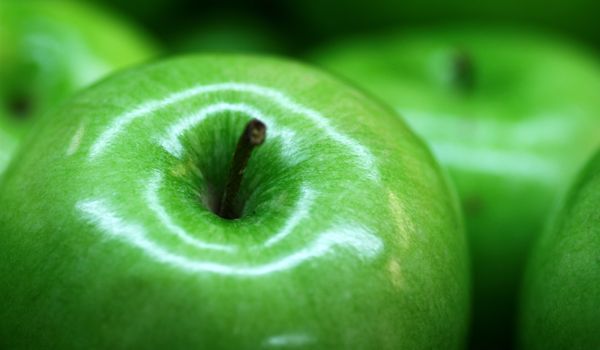Irene Cuisine: How to Eat Healthy If Your Power's Out

If Hurricane Irene's headed your way, you might be raiding the supermarket isles, hoping to stock up on food for the weekend. But don't think you need to fill the pantry with chips and salsa. There are plenty of ways to eat healthy, even if you're relying on prepackaged food.
"People go to the store and they're stocking up on junk food and party food," said Katherine Tallmadge, a registered dietitian and author of "Diet Simple" (LifeLine Press, 2011). "The truth is, it's really easy to eat nutritiously."
To meet your nutritional needs, you want to make sure your meals provide a combination of protein, fats and carbohydrates, said Heather Mangieri, a nutrition consultant and spokesperson for the American Dietetic Association.
"We want to make sure that we still have that combination…and that we're not just eating the same foods over and over again," Mangieri said. Mangieri recommends stocking up on the following foods:
- Vacuum-sealed packages of fish (tuna) or chicken: These are good sources of protein. You can also buy canned chicken and fish, but the vacuum packets don't require a can opener or draining, Mangieri said.
- Dried cereals: These foods are often fortified with vitamin and minerals, and can be eaten dry.
- Canned vegetables: These provide the nutrients of vegetables, but are higher in sodium than fresh vegetables. Rinsing with water (bottled water, if necessary) will reduce the sodium level somewhat.
- Shelf stable milk (such as powdered/canned milk): Milk is a good source of essential vitamins and minerals, including vitamin D, calcium and potassium.
- Fresh fruit and vegetables: While they don't have the shelf life of a Twinkie, fruits such as bananas and apples, and vegetables like tomatoes, can last for a few days. Try to buy fruit that is not completely ripe.
- Canned fruits: While not as good as fresh fruit, they are a good source of vitamin C.
- Nuts and seeds: these are a good source of protein, fiber and healthy fats.
Tallmadge recommends bean salad, which can be made from canned beans, and adding vegetables such as onions and celery.
"The options are just really limitless, I think," Tallmadge said. "Nobody is going to die of starvation being without a steak for a couple of days."
Pass it on: There are many ways to eat nutritiously during a disaster without a working stove or refrigerator.
Sign up for the Live Science daily newsletter now
Get the world’s most fascinating discoveries delivered straight to your inbox.
This story was provided by MyHealthNewsDaily, a sister site to LiveScience. Follow MyHealthNewsDaily staff writer Rachael Rettner on Twitter @RachaelRettner. Like us on Facebook.

Rachael is a Live Science contributor, and was a former channel editor and senior writer for Live Science between 2010 and 2022. She has a master's degree in journalism from New York University's Science, Health and Environmental Reporting Program. She also holds a B.S. in molecular biology and an M.S. in biology from the University of California, San Diego. Her work has appeared in Scienceline, The Washington Post and Scientific American.











